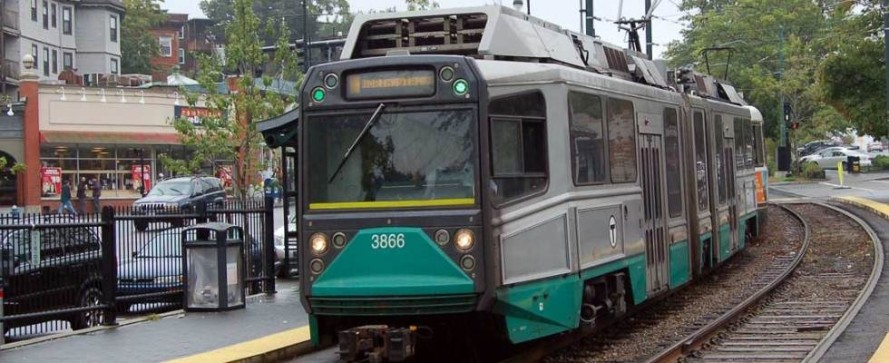 U.S. Department of Transportation
U.S. Department of Transportation
Taking Action on Infrastructure
Don’t call it traffic. Call it congestion. An excessive accumulation consolidating in one artery with no possibility of swift passage. At a minimum, we are subjected to this malady of the American causeway twice daily regardless of mode of transportation. During these periods of forced rumination we can all visualize the bliss of having just one more lane, another set of tracks or an additional bus. These simple alterations may be the only requisites for a flawless commute.
While sitting in the dark aboard a Metro train, waiting for its disabled comrade to be removed from the tracks ahead and thinking of both groups of commuters now immobilized in this fruitless journey, I began to think of the cost to productivity created by these daily occurrences. According to a report published by the Duke University Center on Globalization, Governance and Competitiveness, “If you aggregated it [include you, me and every other person on that bus, train, highway, etc.], every year Americans spend roughly 600,000 years stuck in traffic.”
Hundreds of thousands of years may be hard to visualize, but money is not. The Department of Transportation estimated that in 2007 the United States lost as much as $200 billion in economic activity due to infrastructure inefficiency. That is not just time, but real goods and services obstructed by unnecessary delays. Exporting businesses that guarantee quick turnaround times are dependent on the roadways, bridges and rail lines as much as their production efficiency.
How many repairs did your car require last year? The American Society of Civil Engineers estimated that each American driver spent roughly $324 on average ($67 billion nationally) on repairs due to poor road conditions. This national affliction has encumbered our time, trade and transportation.
Slow transportation equals disruption to supply chains. To remain competitive in the global market, the United States must focus more energy and resources on its infrastructure. These would not be profitless endeavors. The potential for job creation through design, construction, manufacturing, supply, maintenance and increased household income could provide a tremendous surge in economic output and a continued advantage in global competitiveness. Increased efficiency means increased trade and a more attractive environment for companies to make products in the United States. Better infrastructure will require less emergency repair following natural disaster and institute resiliency in trade and travel.
The facts listed above should be enough to provoke reflection on this subject but more than anything I want to impart the notion that the extra lanes and buses can be a reality. We need not accept the hours lost to waste. We need only remember where infrastructure belongs on the list of national priorities. Our highways were created under the National Interstate and Defense Highways Act as a matter of national security so that the military could be mobilized quickly if necessary. It is still a matter of national security as well as economic security. If we address it as such, it will receive the level of attention and action that it warrants.







[…] Taking Action on Infrastructure […]
Don’t know how many times I’ve prayed for a good ‘transporter’ while sitting in traffic. On a recent trip to Europe I was surprised and pleased that I could travel from city to city on high speed rail that ran trains hourly. As President Obama said once, A country that could build the transcontinental railroad should be capable of high speed, reliable rail service.
[…] Taking Action on Infrastructure […]